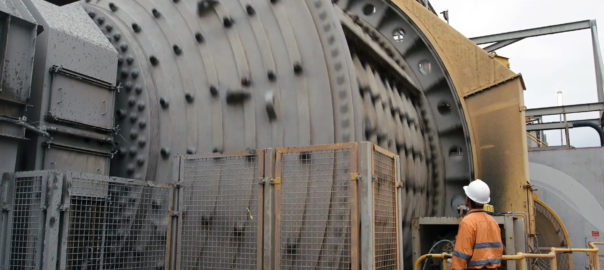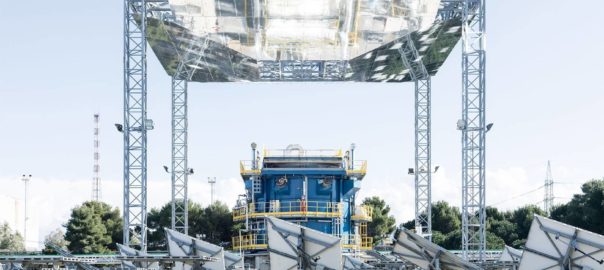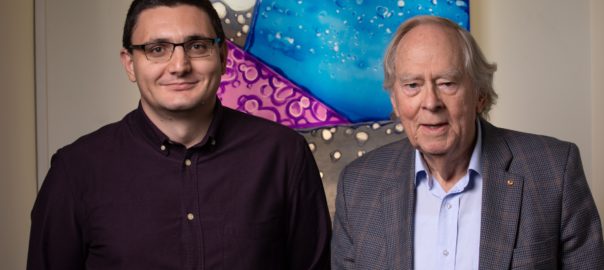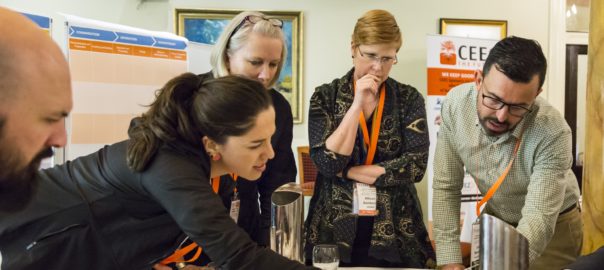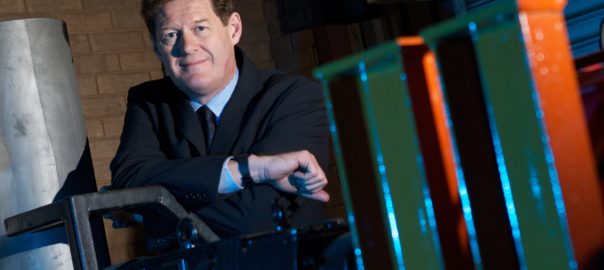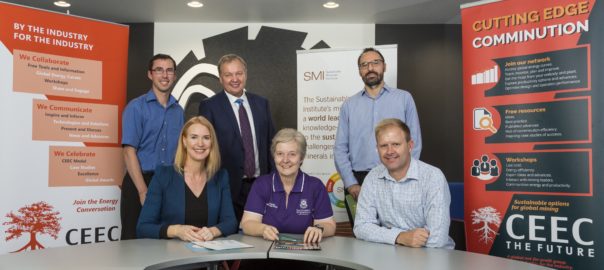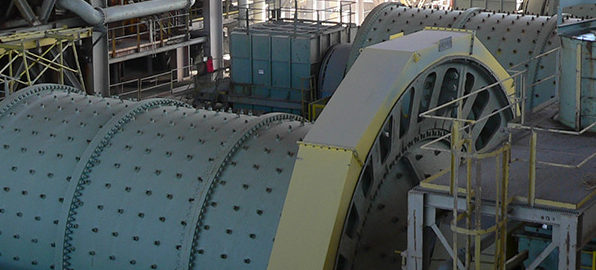Newcrest Mining has become the latest member of the not-for-profit Coalition for Energy Efficient Comminution (CEEC).
Headquartered in Melbourne, Newcrest Mining has gold and copper operations in Australia, Papua New Guinea and Canada.
Newcrest Head of Technology and Innovation, Andrew Logan, said the sponsorship of CEEC was a natural fit, as sustainability, technology and innovation, and operating performance were key areas of focus for business transformation.
“We are always seeking ways of adding value to the business, while managing our impacts in a responsible way,” Logan said. “In collaborating with CEEC, we are looking forward to knowledge sharing that can help improve our existing circuits, upskill our people and deliver on our commitments towards more profitable, energy efficient mining.”
Newcrest Head of Metallurgy, John O’Callaghan, said understanding and balancing the energy equation in existing and future operations was critical to success.
“Benchmarking using CEEC’s Energy Curves is very important to us from both a management and operational perspective,” O’Callaghan said. “It’s critical to know where our operations sit compared with each other and with our competitors, especially given the energy intensive nature of comminution.
“The more organisations that get involved in Energy Curves, the more useful and relevant the data becomes, so I’d encourage other miners and their suppliers and partners to contribute to the database.”
CEEC said: “Newcrest joins a growing network of supporters who see the value of knowledge sharing through CEEC to help address common industry challenges. The company has already contributed data to Energy Curves.”
CEEC CEO, Alison Keogh, said she looked forward to collaborating more closely with Newcrest and was excited about the potential flow-on effects to industry that their sponsorship could bring.
“Collaborating with sponsors such as Newcrest and others allows CEEC to be a catalyst for kick-starting more innovative and sustainable approaches to mining and mineral processing,” Keogh said.
“Ultimately, the shared goal of CEEC, our sponsors and everyone who accesses our free and independent resources is to bring benefit to industry, the environment and the communities in which we operate.”







